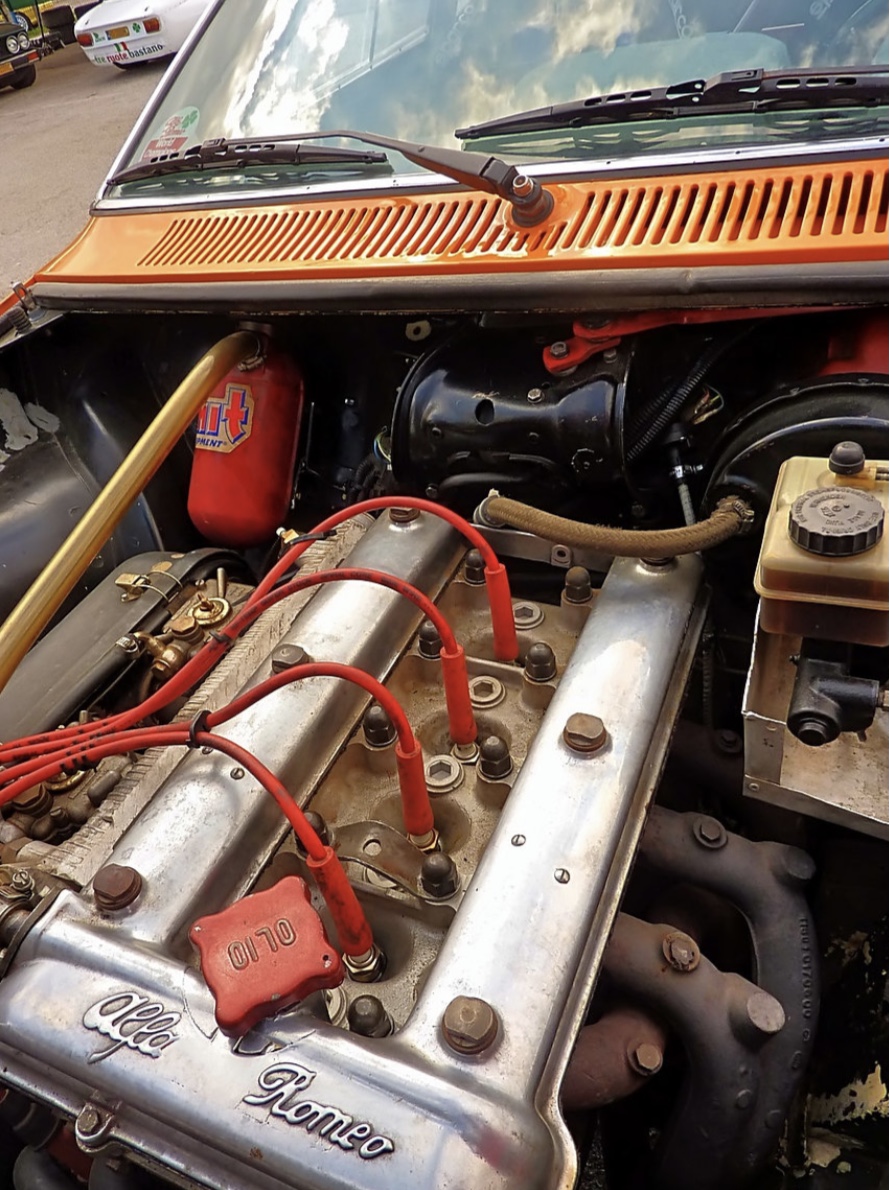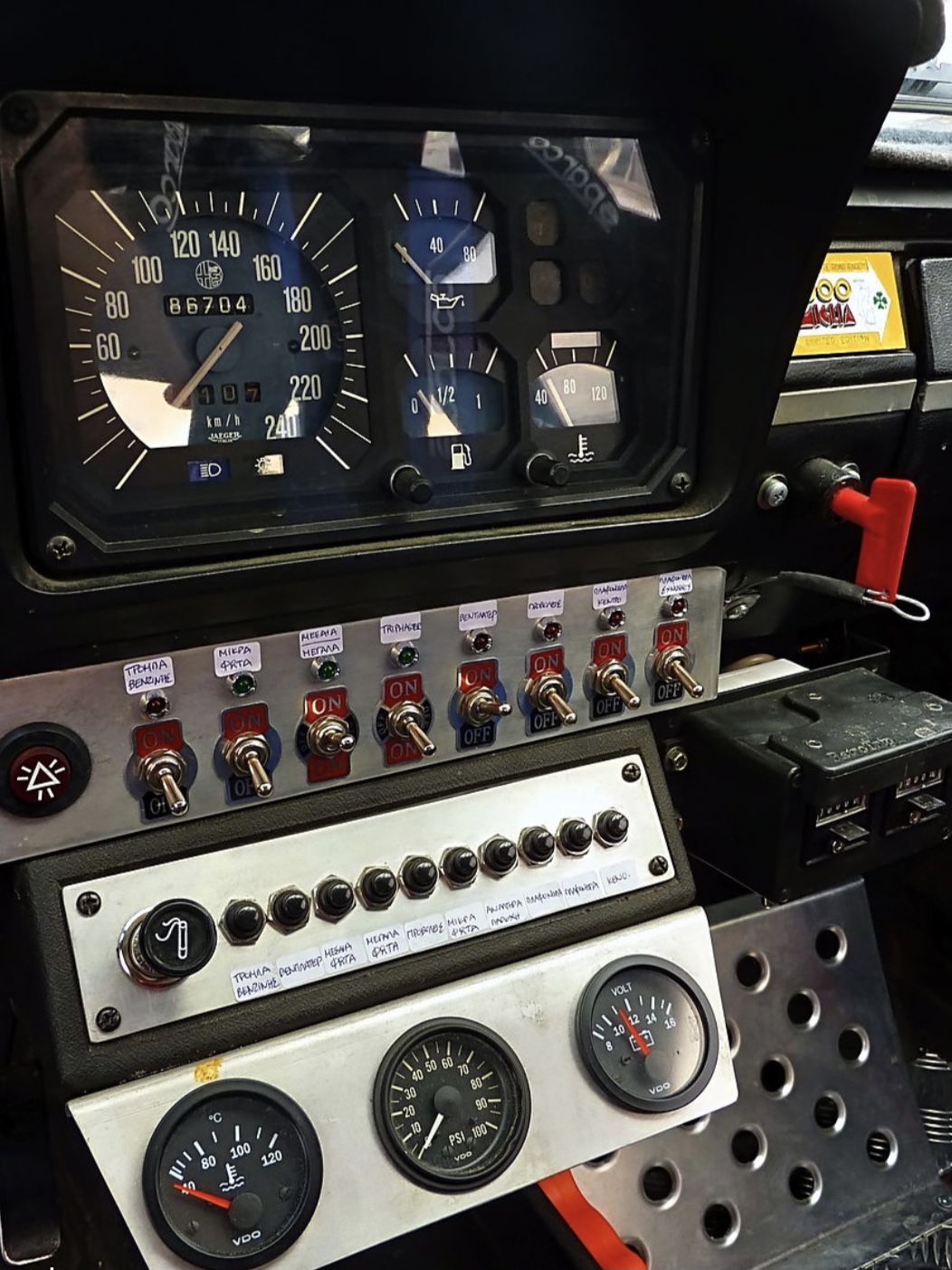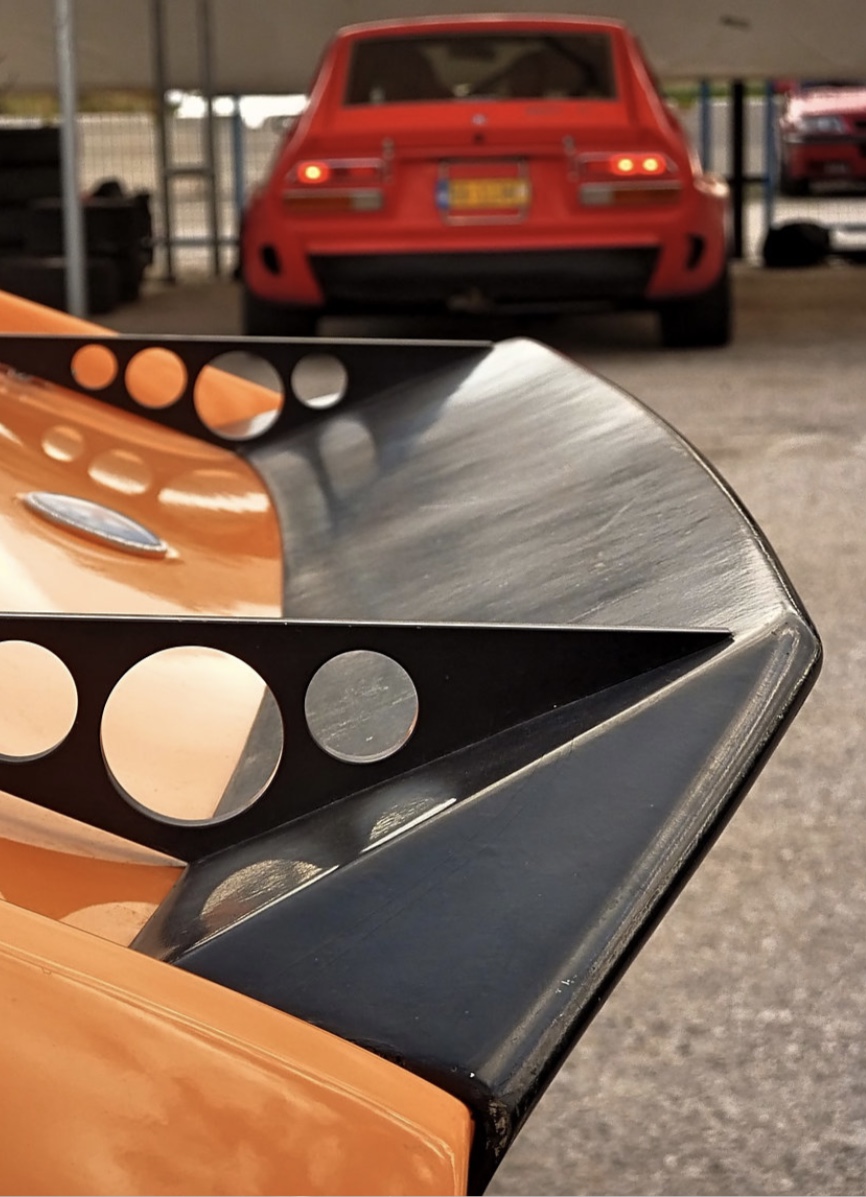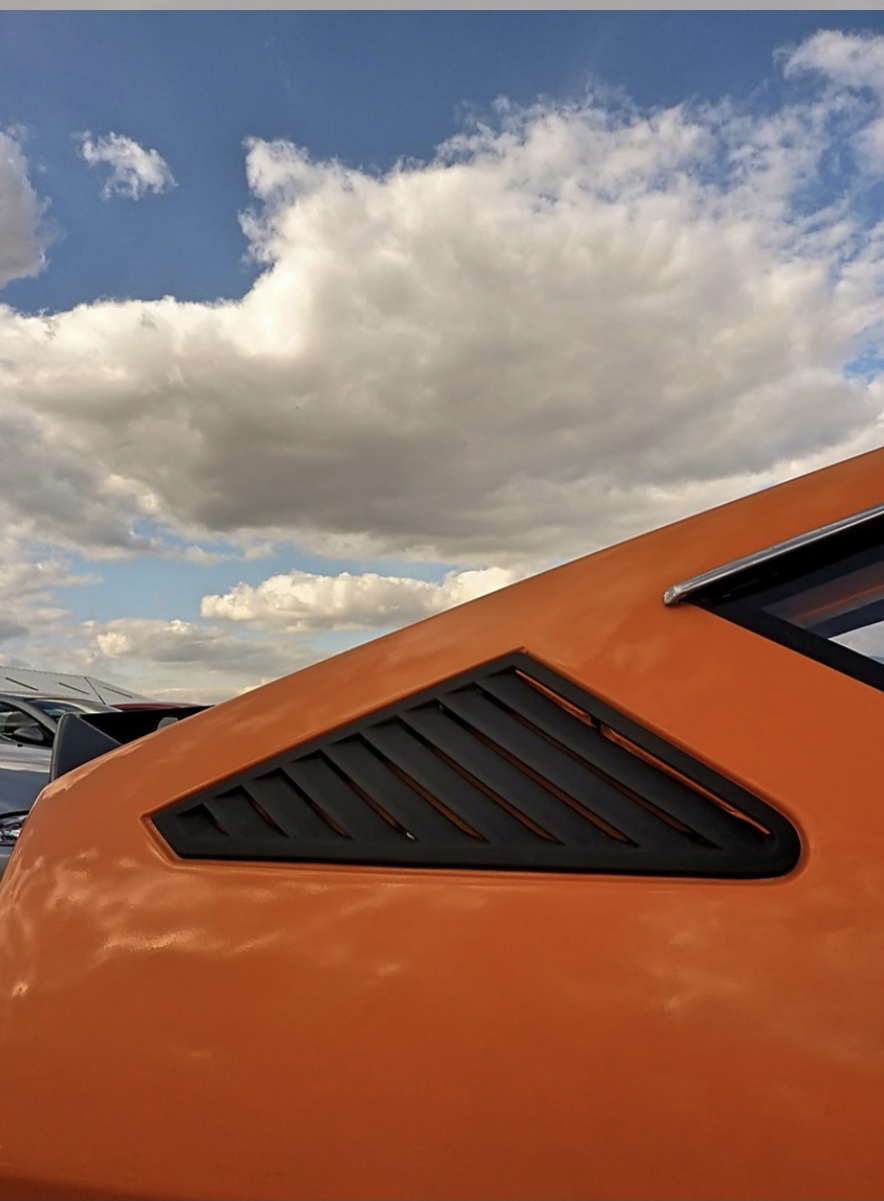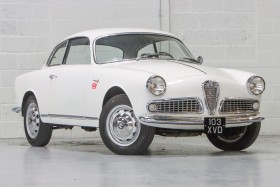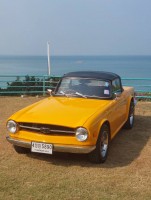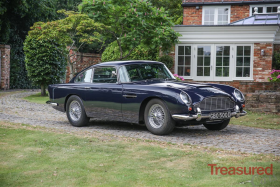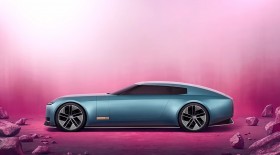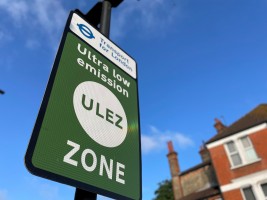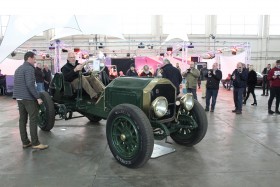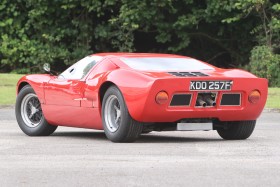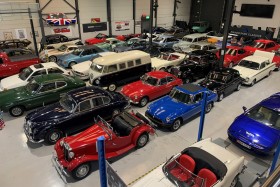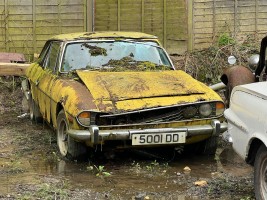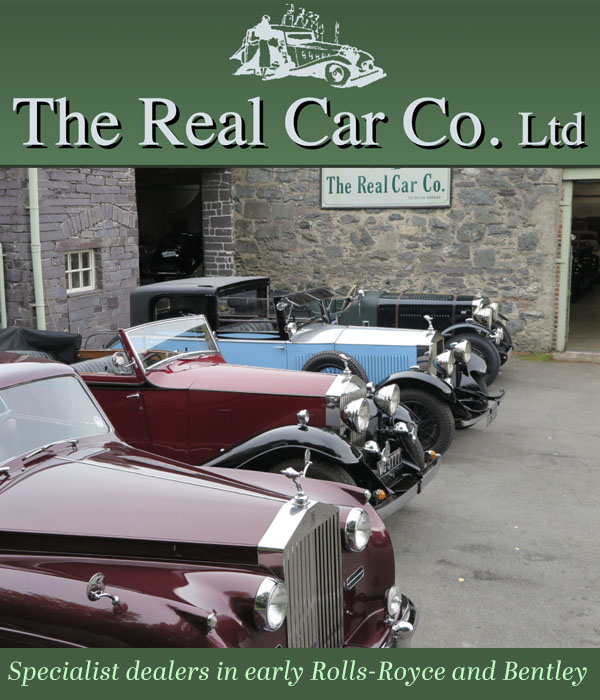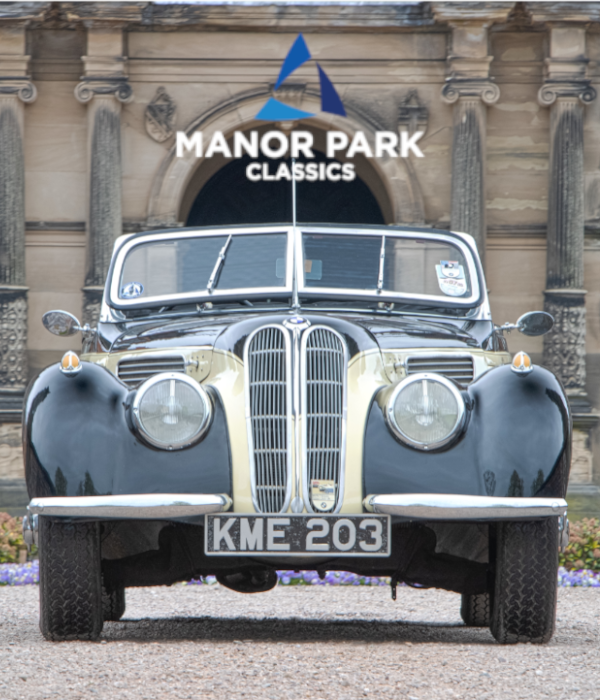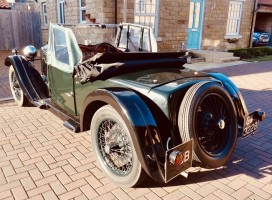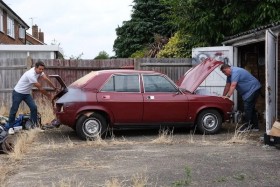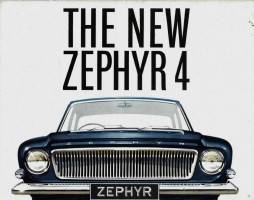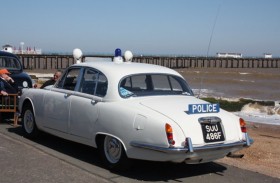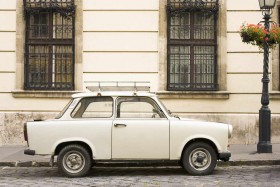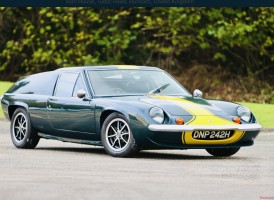alfa romeo alfetta gt america
Orangina Born late 1977 in Torino Italy
By: Vasileios Papaidis Thu, 01 Apr 2021
Reviews
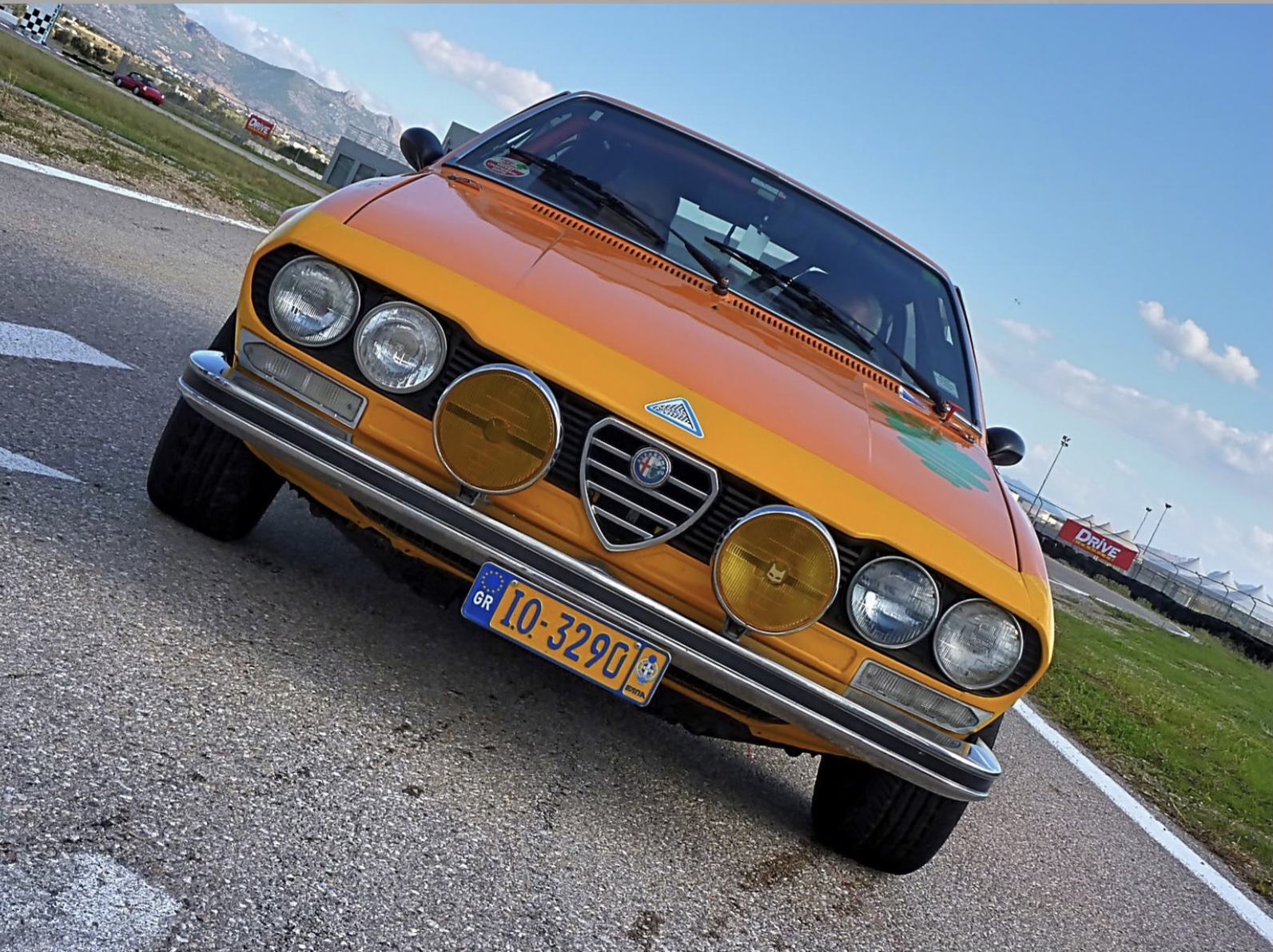
The Alfetta saloon was the base for the Alfetta GT, a 2-door, four seat fastback coupé designed by Giorgetto Giugiaro at Italdesign. Introduced in 1974, similarly to the saloon it was initially available only with the 1.8-litre (1,779 cc) version of the Alfa DOHC four.These engines featured a chain driven 8-valve twin overhead cam cylinder head of cross-flow design. For 1976, with the final phasing out of the earlier 105 Series (GT 1300 Junior and GT 1600 Junior and 2000 GTV), the Alfetta GT became a range; the 1.8 was discontinued in favour of the 1.6-litre (1,570 cc) Alfetta GT 1.6 and 2.0-litre (1,962 cc) Alfetta GTV 2.0. At the same time some updates were introduced, such as a new front grille with horizontal slats and two series of vents beneath it. The GTV was distinguished from the 1.6 version by twin chrome whiskers in the grille and GTV scripts carved in the ventilation vents on the C-pillar.
In 1979, some minor revisions, including a revised engine with new camshaft profiles and a change to mechanical-and-vacuum ignition advance, saw the 2.0-litre redesignated the Alfetta GTV 2000L. Autodelta also introduced a limited edition 2.0-litreturbocharged model, named Turbodelta, of which 400 were made for FIA Group 4 homologation. This version used a KKK turbo which pushed power up to 175 PS (129 kW). The car also received a modified suspension layout. This was the first Italian petrol production car with a turbocharger. The styling of the GTV, while distinctive, can be seen to share many design features derived from the Montreal supercar, as translated down to a simpler and thus more marketable vehicle. Examples of this are the bonnet line, which while briefer, still has 'scallops' for the headlights, and the tail light clusters which resemble those of the Montreal. The door shape is similar, and in a sharing of parts, both vehicles employ the same door handles.
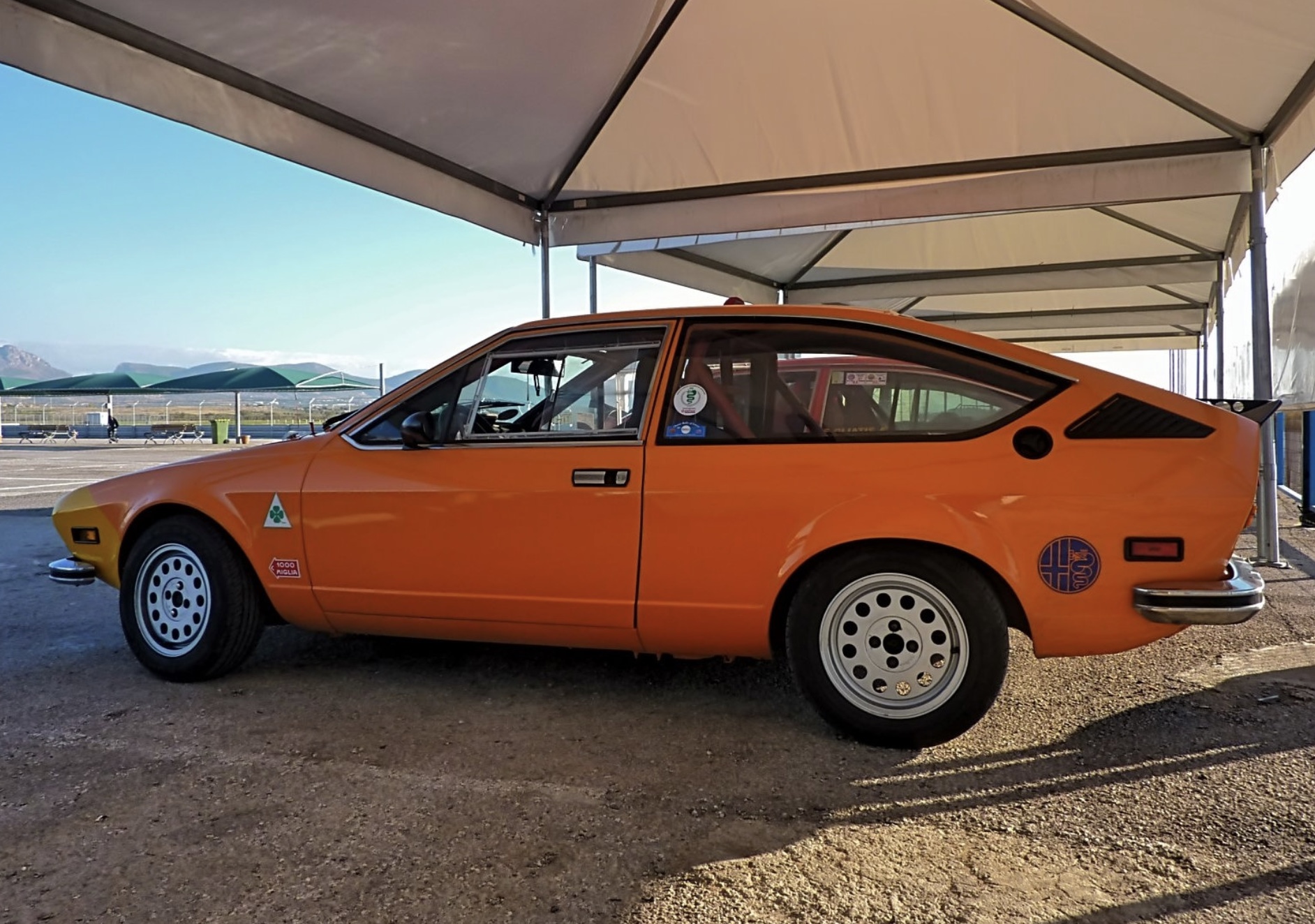
North American market
The four-cylinder coupé was available from 1975 to 1977 under the moniker Alfetta GT, renamed the Sprint Veloce for the final two years of production in 1978 and 1979. Finally, the V-6 version was marketed from 1981 to 1986 as the GTV-6.
For the U.S. market two limited production GTV6 models stand out. The Balocco (named after the famous Balocco test track in Italy) in 1982 with a production run of only 350 cars. The Balocco was available only in red with sunroof and black interior, leather-wrapped steering wheel and red piping on the seats. There were also two green Quadrifoglio badges fixed on the rear quarter trim pieces above a badge with the "Balocco SE" designation. A plaque inset in the glove box door designated the number of the car out of the series of 350 (XXX of 350) And the GTV6 2.5 Maratona, of which only 150 were built. The Maratona model included a more aggressive aerodynamic trim package, lightweight Speedline wheels, clear engine view port, sunroof, wood steering wheel and shift knob, rear louvers and Carello fog lamps. All 150 cars were available only painted Silver and with a black leather interior; and came with "Maratona" badging on the rear decklid, front fenders and glove box door. (The most notable feature of the Maratona, its aerodynamic kit, was also available as a dealer-installed option on other GTV-6 models).
Callaway Cars, famous for their modified Camaro, Impala SS and Corvette offerings modified between thirty and thirty-six (depending on whether one "counts" those cars with Callaway components which were not assembled by Callaway but, instead, had those components fitted by Alfa Romeo dealers) twin-turbocharged GTV-6s between 1983 and 1986, of which the first five (the cars produced between 1983 and 1985; these were sold and titled as 1985 model year cars, save for the first prototype which was sold and titled as a 1984) were prototypes. Callaway "production models" were otherwise listed as from the 1986 model year. In addition to numerous small component upgrades, the Callaway GTV6's included a somewhat revised suspension (most notably eschewing the metric Michelin TRX wheel/tire combination—then standard on the GTV6—in favor of Pirelli or Goodyear tires on conventionally sized BBS, Speedline or OZ lightweight alloys), improved brakes and, most importantly, a twin-turbocharger system, boosting performance to exotic levels. A different twin turbo GTV was also built briefly for the Australian market.
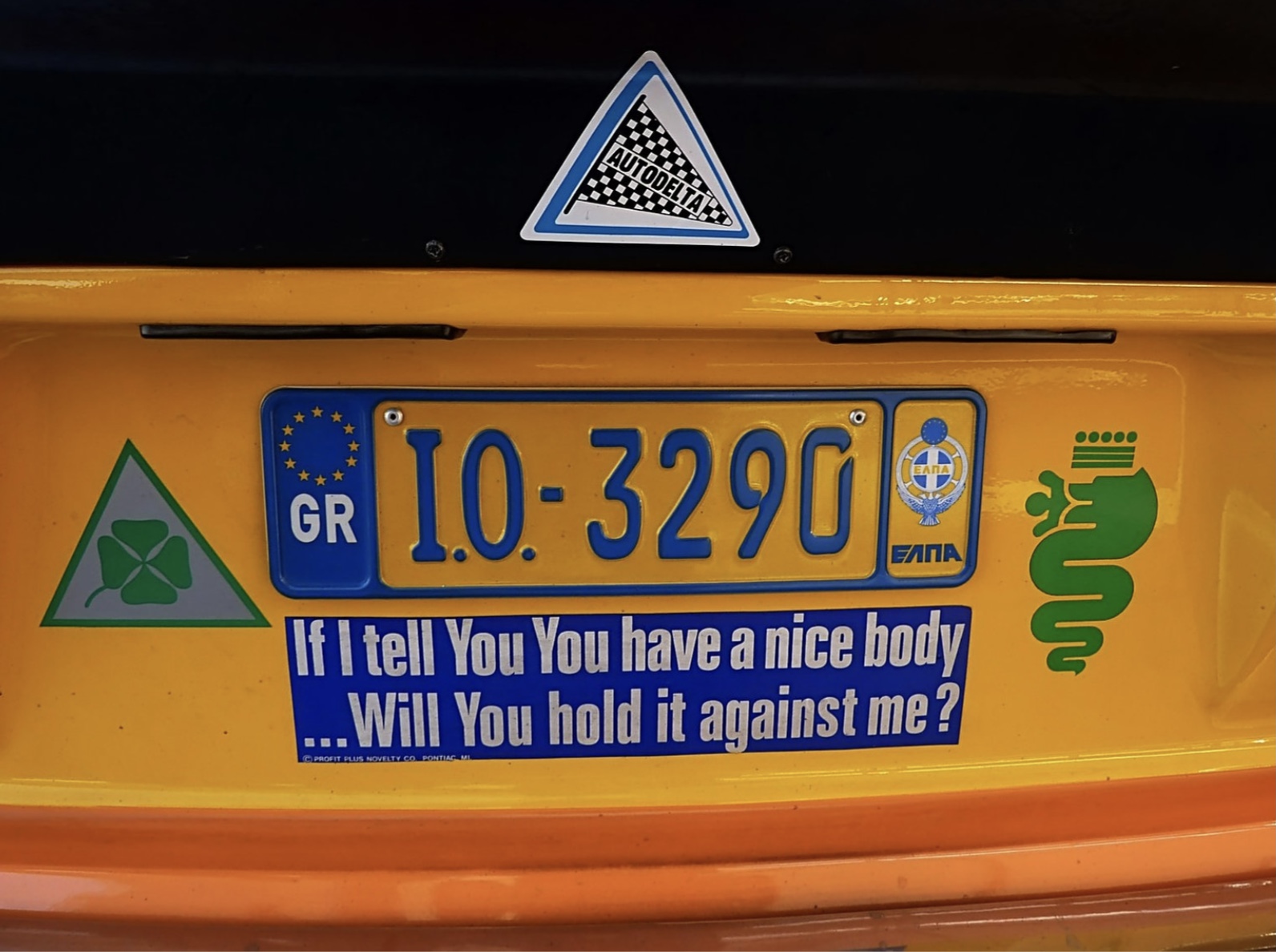

The Alfetta GT is indeed a direct descendant of the Iguana prototype a look at the large back side window that is continued visually with a triangular air intake says it all. The rear light cluster is very elaborate, with two sets of horizontal lights drowned in the sheet metal of the tail section.
Giugiaro had originally proposed a windshield that wedged itself under the engine hood, thus creating space for the wipers: they would have been the first faired windshield wipers on a production model. But Alfa reject the idea, considering it too daring for a mass production car.
Vasileios Papaidis
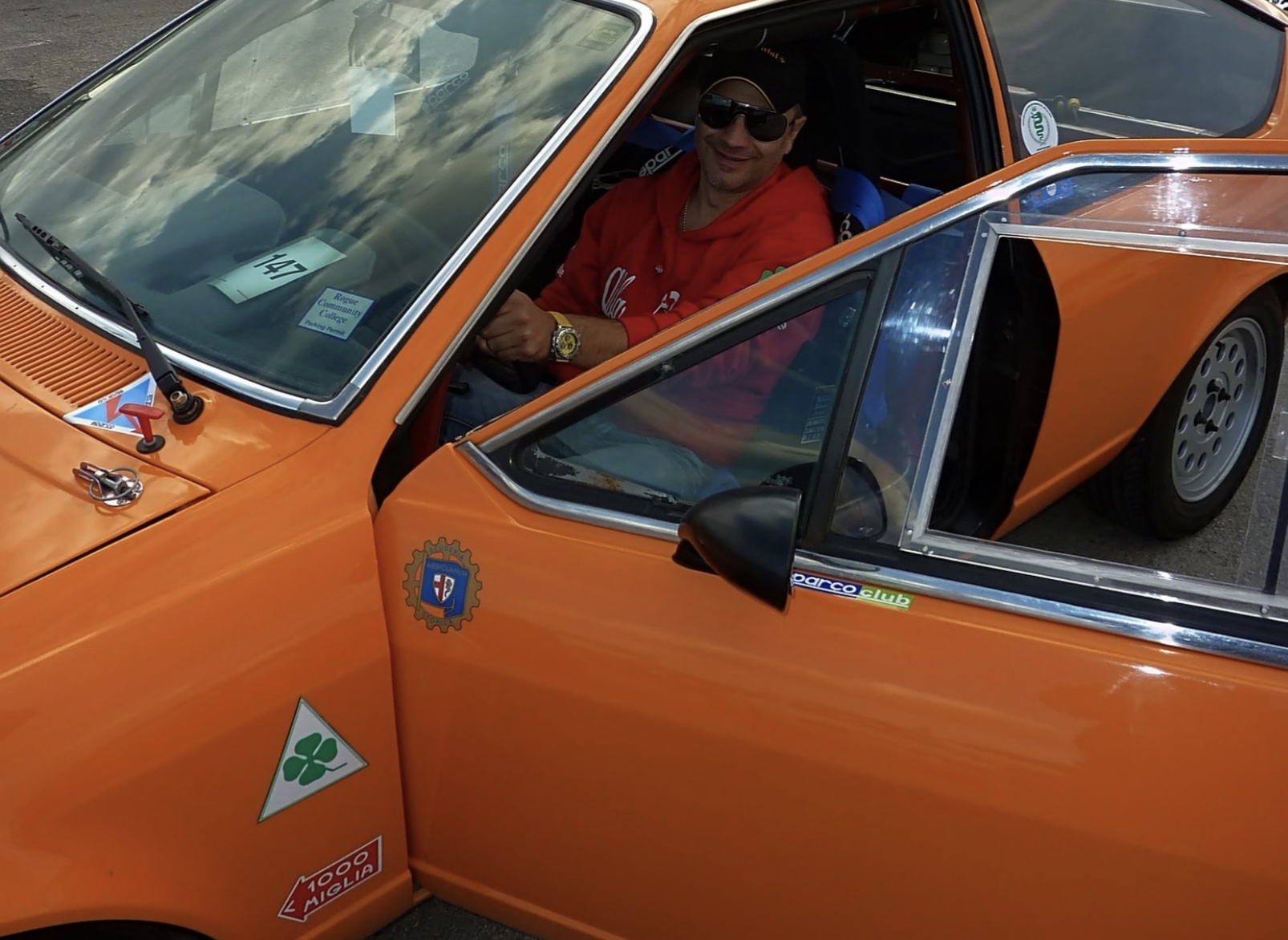
Notes by the owner
Well after a long winter (in our soul) wait I am glad to announce the arrival of "Orangina". Born: late 1977 in Torino Italy, addapted from previous LA family in 2009. Color:in your eyes bright orange with yellow undertones, weight:950 kilos,(only,after a hefty laser cut operation...), she is very moody with at least 170HP and she is wearing 45's webers, she came with a hefty dowry, she lost her balance with a negative camber for cornering at the truck back in Los Angeles were she comes from with a 5 trophies in her history (AROSC). The only reminder from her past is a sticker from Rogue college parking permit left over in the windshield and the fact that she ...lost the second gear in her wilder youth!!! In lieu of baby shower gifts, I am glad to accept bottles of pure Grapa for handling her, 30 SPF suntanning lotion for the southern climate!
The Arrancio capua (1977) color came with her from LA, but I added the yellow undertones inspired from the Wegermaister Veloce from Germany. The master mind behind the funding of the spirit was my grandfather who in spite his Law office kept an upgraded orange farm back in the 50's-70's. He used to wrap each orange individually in rice paper with the stamp: "Ripe Oranges From The Farm of Telemachus Garoufalias", which is printed on the roof (Ωψιμα Πορτοκαλια εκ του Κτηματος Τηλεμαχου Γαρουφαλια). Always fun to drive her ,no need for radio,the music from her webers matches the voice of Aretha,and since there are no large windows to air her, there is no need to pull bags out of our teeth ... Did you have your vitamin C lately? Iannis Zissis
Footnotes
All photography work is copyrighted by the author, please don't download and publish these pictures in the internet without the authors permission!
Larger high quality pictures is available only for donators up on request!
Vasileios Papaidis 2021 © All Rights Reserved



